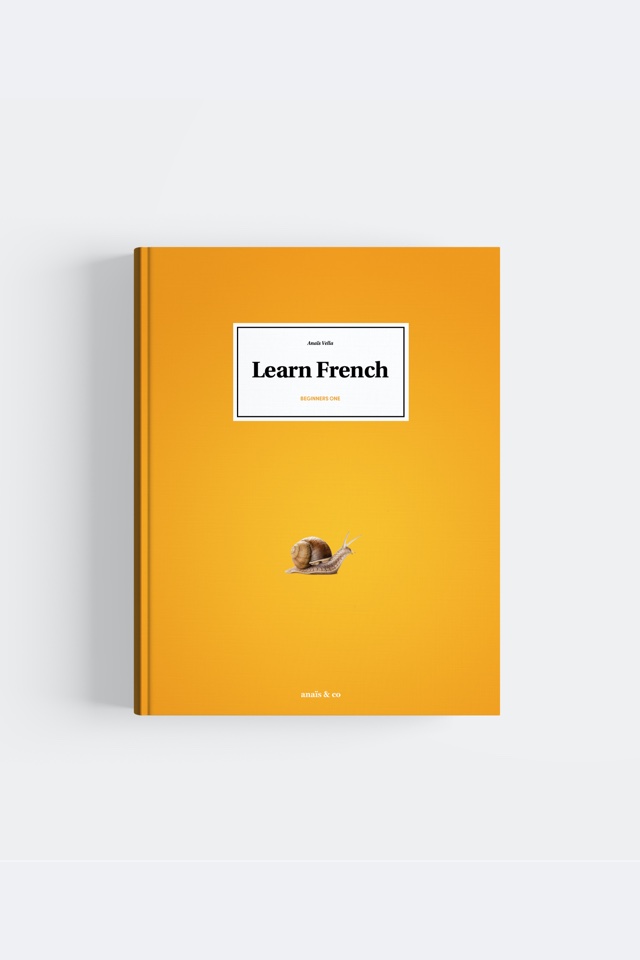

Colours are adjectives. They describe nouns. Because in French every noun has a gender, either masculine or feminine, adjectives have genders too. Usually, to have the feminine, we add a silent “e” to the masculine adjective, unless the masculine form of the adjective already has an “e” at the end.
| Masculine | Feminine | English |
|---|---|---|
| Beige | Beige | Beige |
| Blanc | Blanche | White |
| Bleu | Bleue | Blue |
| Gris | Grise | Grey |
| Jaune | Jaune | Yellow |
| Marron | Marron | Brown |
| Noir | Noire | Black |
| Orange | Orange | Orange |
| Rose | Rose | Pink |
| Rouge | Rouge | Red |
| Vert | Verte | Green |
| Violet | Violette | Purple |
Colours, like many other French adjectives, usually go after the noun they qualify, which is the opposite of the English rule.
For example:
Une table blanche → A white table.
Colours are adjectives, so you must use the masculine form of the colour if the noun is masculine and its feminine form if it is feminine.
For example:
Une fleur violette → A purple flower.
Un téléphone noir → A black telephone.
When the colour has no feminine form, we use the masculine for both masculine and feminine nouns.
For example:
Une fleur rose → A pink flower.
Un téléphone rose → A pink telephone
To turn the masculine and feminine forms of the colours into the plural, simply add a silent “s” at the end of the colour.
For example:
Des arbres verts → Green trees.
Des pommes vertes → Green apples.
“Des” means “some.”
Some colours are invariable and will not change in the plural or in the singular form. This happens mainly when the colour is coming from fruits or others and exist as a noun in the language. In this case, the colour has the gender of the noun. In the list of colours seen, “marron” and “orange” follow this rule. “Un marron” is a “conker” and “une orange” is “an orange.” Of course, more colours follow this rule.
For example:
Des chaussures marron → Brown shoes.
Des livres orange → Some orange books.
Tones can be added to the colour. In a sentence, the colour goes before the tone, which is the opposite of the English rule.
Foncé → Dark.
Clair → Light.
For example:
Vert foncé → Dark green.
Orange clair → Light orange.
In French, when a colour, a tone, and a noun are used together, the noun goes first, followed by the colour and the tone. “Foncé” and “clair” do not change form when they are used with colours as we are then creating a compound adjective. The colour in this case stays in the singular masculine form regardless of the gender and numeral of the noun. In other words, it is impossible here to use the colour in its feminine or plural forms even if the noun is feminine and or plural.
For example:
Une robe vert foncé → A dark green dress.
Des chaussures bleu clair → Light blue shoes.

More in the books
Werther you are learning by yourself, with Anais and Co or if you are a FLE teacher find this lesson and many more in a beautiful book.
Be notified when we upload a new video.